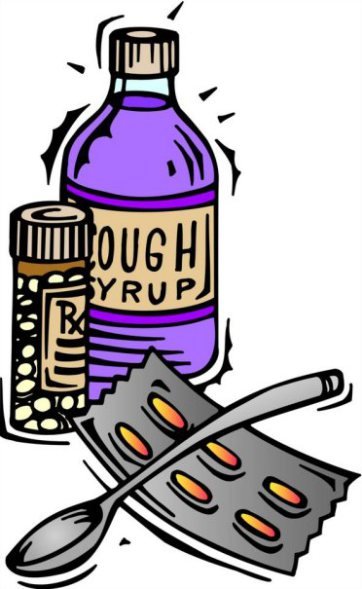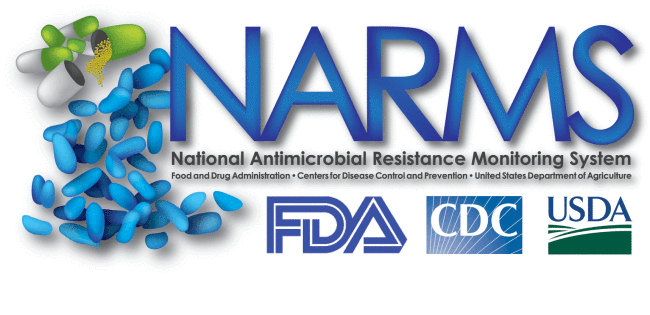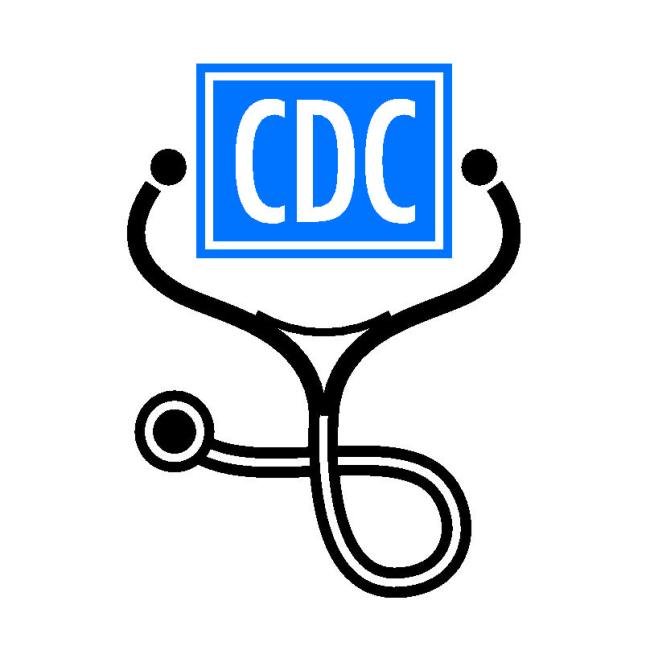HOW TO FEEL BETTER:
What can I do to feel better if antibiotics won’t treat my illness because it’s caused by a virus?
For upper respiratory infections, such as sore throats, ear infections, sinus infections, colds, and bronchitis, try the following:
- Get plenty of rest
- Drink plenty of fluids
- Use a clean humidifier or cool mist vaporizer
- Avoid smoking, second-hand smoke, and other pollutants (airborne chemicals or irritants)
- Take acetaminophen, ibuprofen or naproxen to relieve pain or fever
For children and adults, over-the-counter pain relievers, decongestants and saline nasal sprays may help relieve some symptoms. Remember, always use over-the-counter products as directed. Many over-the-counter products are not recommended for children younger than certain ages.
Over-the-counter medicines may help relieve symptoms such as runny nose, congestion, fever and aches, but they do not shorten the length of time you or your child is sick.
Learn more by reading below about over-the-counter medicines. Here are some helpful tips for how to feel better depending on how you or your child feels.
Sore Throat
- Soothe a sore throat with ice chips, sore throat spray, or lozenges (do not give lozenges to young children)
- Use a clean humidifier or cool mist vaporizer
- Take acetaminophen, ibuprofen or naproxen to relieve pain or fever
Ear Pain
- Put a warm moist cloth over the ear that hurts
- Take acetaminophen, ibuprofen or naproxen to relieve pain or fever
Runny Nose
- Use a decongestant or saline nasal spray to help relieve nasal symptoms
Sinus Pain/Pressure
- Put a warm compress over the nose and forehead to help relieve sinus pressure
- Use a decongestant or saline nasal spray
- Breathe in steam from a bowl of hot water or shower
- Take acetaminophen, ibuprofen or naproxen to relieve pain or fever
Cough
- Use a clean humidifier or cool mist vaporizer or breathe in steam from a bowl of hot water or shower
Over-the-Counter (OTC) Medicines
For children and adults, over-the-counter pain relievers, decongestants and saline nasal sprays may help relieve some symptoms. Remember, always use over-the-counter products as directed. Not all products are recommended for children younger than certain ages. Overuse and misuse of OTC cough and cold medicines in young children can result in serious and potentially life-threatening side effects.
These medicines may help relieve symptoms such as runny nose, congestion, fever and aches, but they do not shorten the length of time you or your child is sick.
Questions and Answers for Parents about Over-the-Counter (OTC) Medicines
For adults, over-the-counter pain relievers, decongestants and saline nasal sprays may help relieve some symptoms. Remember, always use over-the-counter products as directed.
For children, over-the-counter pain relievers, decongestants and saline nasal sprays may help relieve some symptoms. Not all products are recommended for children of certain ages.
These medicines may help relieve symptoms such as runny nose, congestion, fever and aches, but they do not shorten the length of time you or your child is sick.
Q: What pain relievers can I give my child?
A: For babies 6 months of age or younger, parents should only give acetaminophen for pain relief. For a child 6 months of age or older, either acetaminophen or ibuprofen can be given for pain relief. Be sure to ask your child’s healthcare provider for the right dosage for your child’s age and size. Do not give aspirin to your child because of Reye’s syndrome, a rare but very serious illness that harms the liver and brain.
Q: Should parents give cough and cold medicines to young children?
A: The Consumer Healthcare Products Association (CHPA), a group that represents most of the makers of nonprescription over-the-counter (OTC) cough and cold medicines, recommends that these products not be used in children under 4 years of age. The Food and Drug Administration (FDA) supports this recommendation. Overuse and misuse of OTC cough and cold medicines in young children can result in serious and potentially life-threatening side effects.
Q: What can parents do to help their children feel better if they are too young to take cough and cold medicines or the healthcare provider advises against using them?
A: Parents might consider clearing nasal congestion in infants with a rubber suction bulb. Also, a stuffy nose can be relieved with saline nose drops or a clean humidified or cool-mist vaporizer.
Q: Should parents give cough and cold medicines to children over 4 years of age?
A: Cough and cold symptoms usually go away without treatment after a certain amount of time. Over-the-counter cough and cold medicines will not cure the common cold, but may give some temporary relief of symptoms. Parents should consult their child’s healthcare provider if they have any concerns or questions about giving their child a medication. Parents should always tell their child’s healthcare provider about all prescription and over-the-counter medicines they are giving their child.
Q: What should parents and doctors be careful of if they want to give cough and cold medicines to children over 4 years of age?
A: Always keep medications in original bottles or containers, with the cap secure, and up and away from children. Children getting into and taking medications without adult supervision can lead to serious and potentially life-threatening effects. Avoid giving more than one cough and cold medicine at a time to children. Two medicines may have different brand names but may contain the same ingredient. Some cough and cold medicines contain more than one active ingredient. Also, follow directions carefully to avoid giving too much medication; the right amount of medication often depends on your child’s age and weight.
(Furnished by the CDC)







